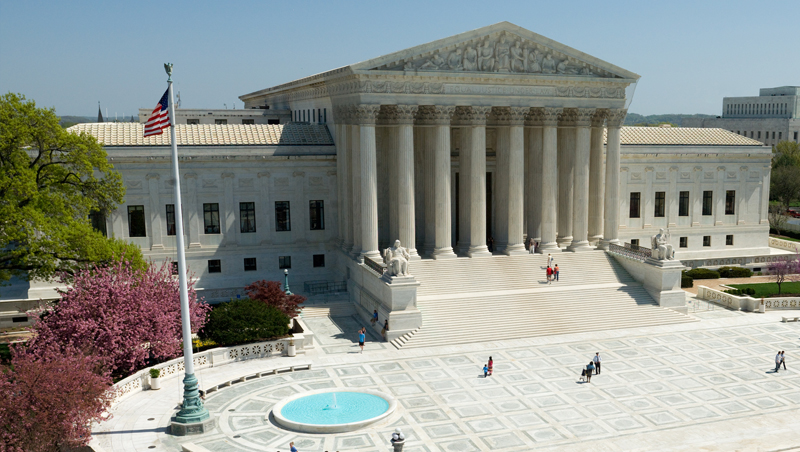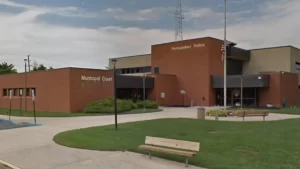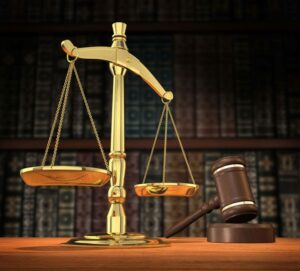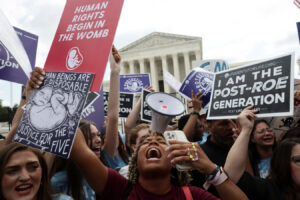What Branch is the Supreme Court
The Supreme Court occupies a unique and vital role within the United States government as the highest court in the federal judiciary, charged with interpreting the Constitution and federal law. But this raises an important question many have asked: what branch of government is the Supreme Court part of?
Defining the 3 Branches of Government
To understand where the Supreme Court fits in, we must first define the 3 branches that make up the U.S. federal government:
The Legislative Branch
The legislative branch consists of the House of Representatives and Senate, which together form the U.S. Congress. This branch creates federal laws, can declare war, regulates interstate and foreign commerce, and more.
The Executive Branch
Headed by the president, the executive branch enforces laws passed by Congress. This includes various federal departments and agencies led by presidential appointees. The president also has veto power over legislation.
The Judicial Branch
The judicial branch is composed of the court system, including district courts, appeals courts, and the Supreme Court. Its role is to interpret U.S. laws through rulings that determine how laws apply in real cases and controversies.
The Supreme Court’s Role in the Judicial Branch
So which branch does the Supreme Court fall under? As the highest federal court, the Supreme Court is part of the judicial branch. It represents the top level of an entire network of courts that make up an independent judiciary under the Constitution.
What Is the Judicial Branch
More specifically, Article III of the Constitution establishes the judicial branch. It gives the judiciary responsibility for overseeing fair and impartial court proceedings in federal legal cases. Judges and justices uphold due process rights while aiming to provide equal justice under law through their rulings.
Structure of the Federal Court System
The federal judiciary features a hierarchical system, with the Supreme Court at the top. Below it sits 13 appeals courts hearing cases appealed from the nearly 100 district courts at the lowest level. This three-tiered structure allows cases to receive multiple hearings upon appeal up to the Supreme Court.
The Supreme Court’s Unique Role
Within this court system, the Supreme Court holds the highest authority, with the power to overturn lower court rulings. As established in Article III, it has original jurisdiction in certain cases and hears final appeals on constitutional questions, giving its rulings extensive influence over the meaning of the nation’s most fundamental governing principles.
How the Supreme Court Operates
As the pinnacle of one of three independent branches, the Supreme Court adheres to particular rules and procedures in carrying out its duties:
Selecting and Appointing Justices
Supreme Court justices are nominated by the president and confirmed by the Senate per Article II of the Constitution. This process aims to create diversity of experience and viewpoints on the court.
Life Terms for Justices
Once appointed, justices typically serve lifetime tenures until retirement, to avoid political pressures and allow freedom of conscience in decision making for such an impactful body. Justices can still be impeached in cases of egregious misconduct.
Court Terms and Hearings
The Supreme Court begins a new term on the first Monday of October each year, hearing and ruling on cases into the following summer. Hearings give attorneys a chance to make oral arguments to persuade the justices on case merits before rulings are made.
Caseload and Case Selection Process
With over 7,000 cases appealed to it annually but only about 150 cases heard per term, the Supreme Court has discretion over which cases it hears based on criteria like national significance and precedential value. This careful case selection shapes the court’s influence.
Consultation and Ruling Decisions
Supreme Court rulings are made through private consultation and voting after hearings, with cases decided by majority ruling. Dissenting justices can still issue their own contradicting opinions however. The court strives for as much unanimity as possible for impact.
The Court’s Powers and Checks on Those Powers
The Supreme Court possesses influential yet strictly defined powers that are still subject to certain checks under U.S. law:
The Power of Judicial Review
The famous 1803 case Marbury v. Madison established the judiciary’s power of judicial review–assessing laws passed by Congress for constitutionality and striking them down if in conflict. This prevents legislative and executive overreach.
Overturning Laws and Executive Actions
Relatedly, Supreme Court rulings can override federal/state laws, presidential directives, and lower court decisions. Justices must rule carefully however, as precedents influence future case law. Stare decisis principles typically encourage upholding precedent.
Checks on the Court’s Own Authority
Despite its great power, external checks on the Supreme Court exist too. Congress regulates the court’s size and operations, controls its budget/facilities, and can even amend the Constitution to override rulings by enacting new statutes. Impeachment of justices also applies for misconduct.
The Lasting Significance of Rulings
Over two centuries, trends in Supreme Court rulings have demonstrated the lasting generational significance this co-equal branch can have:
Effects on Legislative and Social Landscapes
Its decisions have invalidated or upheld major legislation on issues from civil rights to health care, often addressing politicians’ complex failures to act. They carry force nationwide, creating binding judicial precedents unless later overturned.
Famous Cases That Shaped the Nation
Historic cases like Roe v. Wade (establishing abortion rights), Brown v. Board (desegregating schools), and Obergefell v. Hodges (legalizing same-sex marriage nationwide) exemplify the profound societal impact the court’s interpretations can render.
Public Debates Over Ideological Leanings
Today, fierce debates continue regarding whether the current court skews too ideologically conservative or liberal in areas like voting rights, gun regulation etc. Some advocate term limits to reduce such theorists politicization of the court.
Conclusion: The Supreme Court Must Remain Apolitical
Despite recent partisan debates over philosophies at play in its high-profile decisions, the nation’s highest court retains an intended apolitical purpose and structural independence vital for rule of law:
Assessing Claims of Politicization
Ideological uniformity has never existed on the court, given justices’ differing backgrounds. Disagreement occurs frequently in close cases, though consensus still emerges across 75% of rulings. Perceived political leanings thus often reflect one’s own positions more than any imbalance.
Understanding Its Nonpartisan Role
By design, the court rules not based on politicized reasoning but through neutral, albeit often complex, legal analysis. Outcomes viewed as political are products of case specifics, not partisan intent. The judicial branch serves the law alone in reviewing legislation.
Why an Impartial Judiciary Matters
Now more than ever, maintaining the Supreme Court’s separation from partisan influences remains imperative. Only by upholding justice objectively can it fulfill its calling as the guardian of Americans’ rights and liberties against temporary swings in public sentiment or political power grabs. The nation’s faith in blind justice depends on it.
Frequently Asked Questions
What branch has authority over the Supreme Court?
No single branch of government has direct authority over the Supreme Court. It comprises the top level of the judicial branch, a co-equal branch tasked with independent legal analysis. Checks from the other branches exist but generally relate to operational regulation andcourt composition rather than judicial decision making itself.
Are Supreme Court justices considered politicians?
No, Supreme Court justices are nonpartisan government officials focused on legal analysis who should avoid any semblance of ideological bias in rulings. Nominated by politicians, they serve constitutionally apolitical lifelong terms to preserve autonomous judgment. Politicizing the court could erode public trust.
Why can the other two branches not override Supreme Court decisions?
Due to constitutionally established separation of powers, neither Congress nor the president can directly override official Supreme Court decisions. Only a Constitutional amendment or an entirely new future case revisiting the issues ruled on previously may produce a divergent ruling that alters the precedent set.
Has Congress ever changed the size of the Supreme Court?
Yes, Congress has altered the Supreme Court’s size several times in the country’s history, though the number of justices has stood at nine since 1869. FDR notably but unsuccessfully attempted packing the court with more justices to secure favorable rulings after facing opposition. Court packing remains controversial today.
What happens if Supreme Court justices make unconstitutional rulings?
If Supreme Court rulings were ever found to clearly violate Constitutional rights, the decisions could be appealed and overturned by the court itself in future cases seeking to reset binding judicial precedents on given issues. The checks would originate from within the judicial branch rather than partisan influences external to it however.







